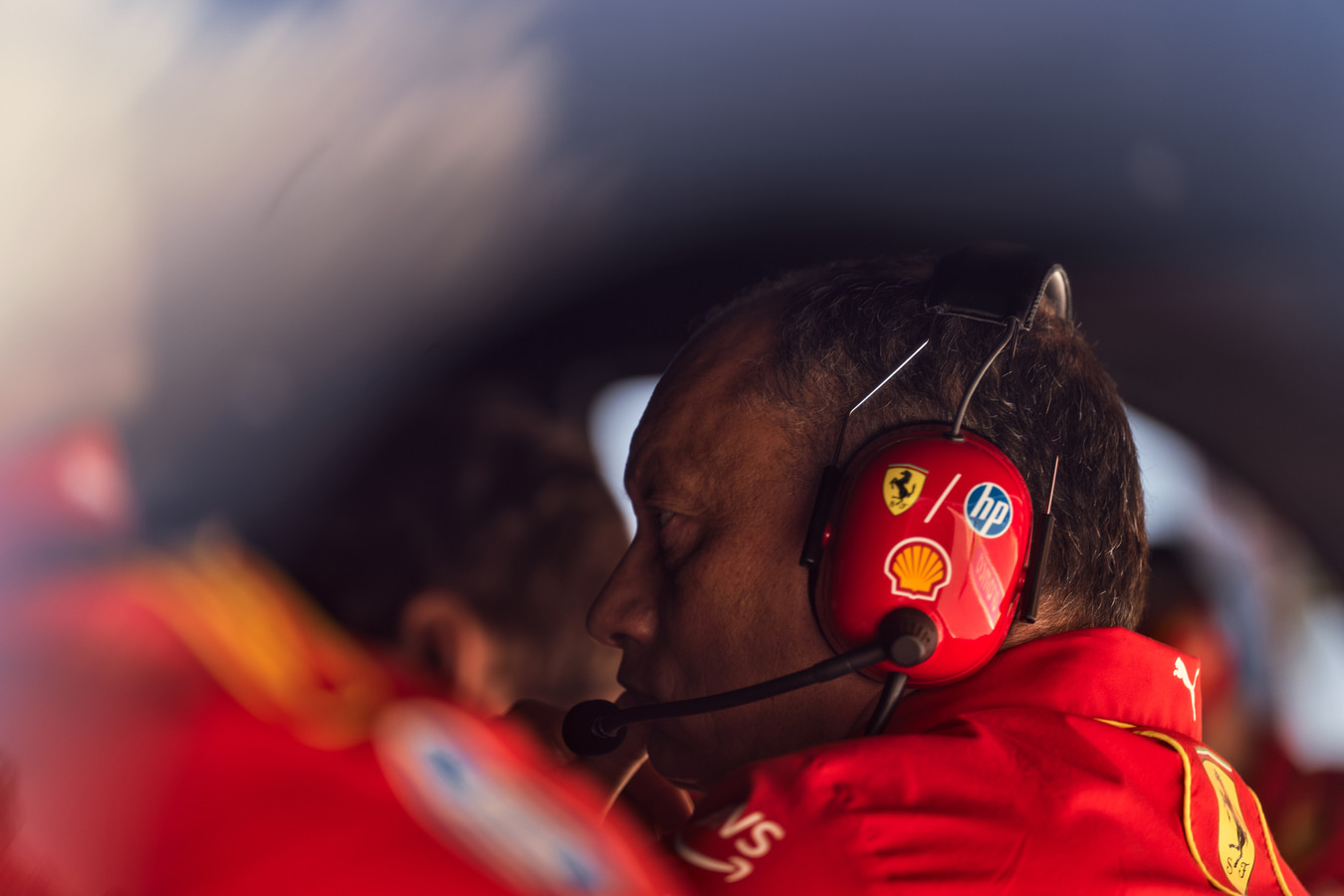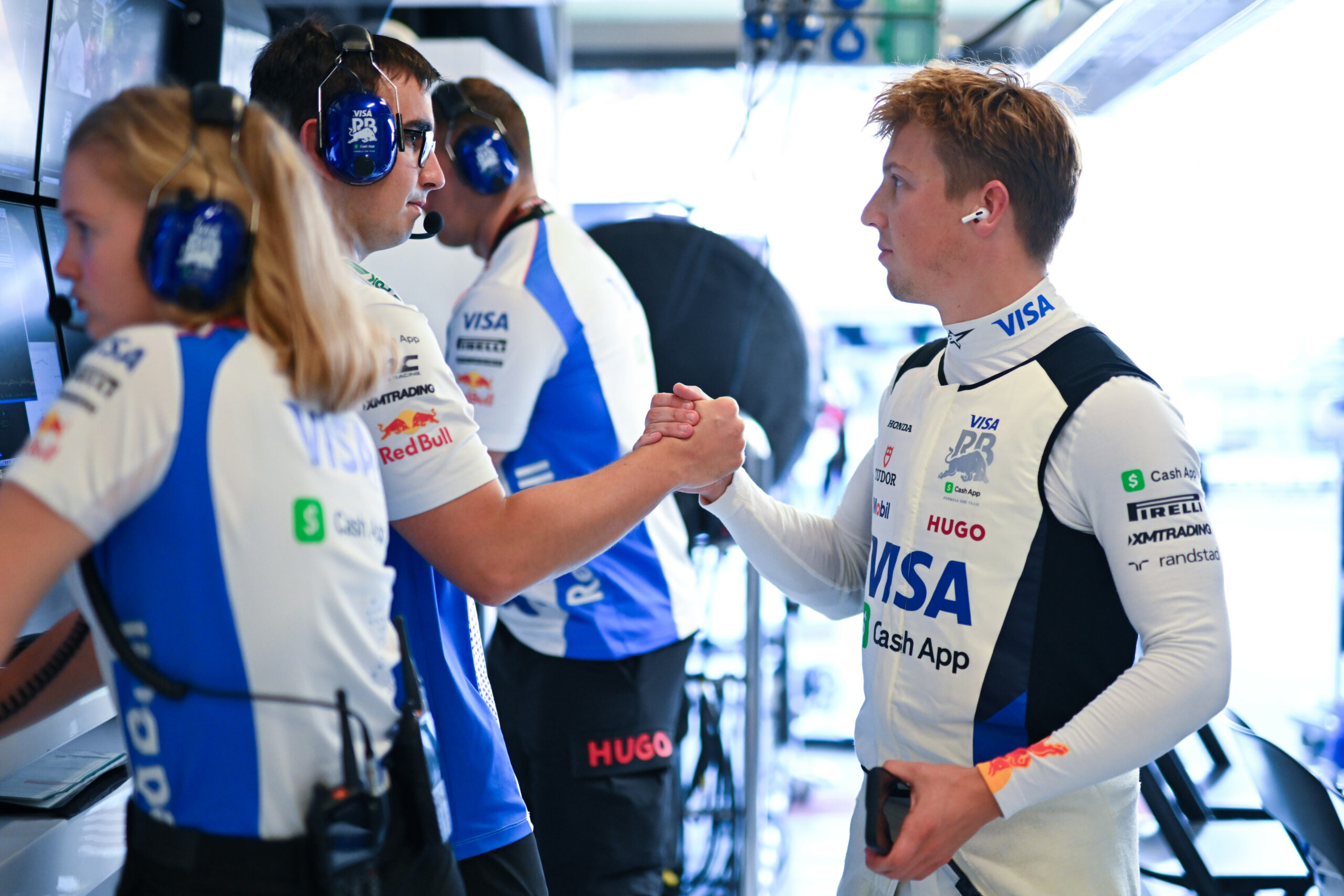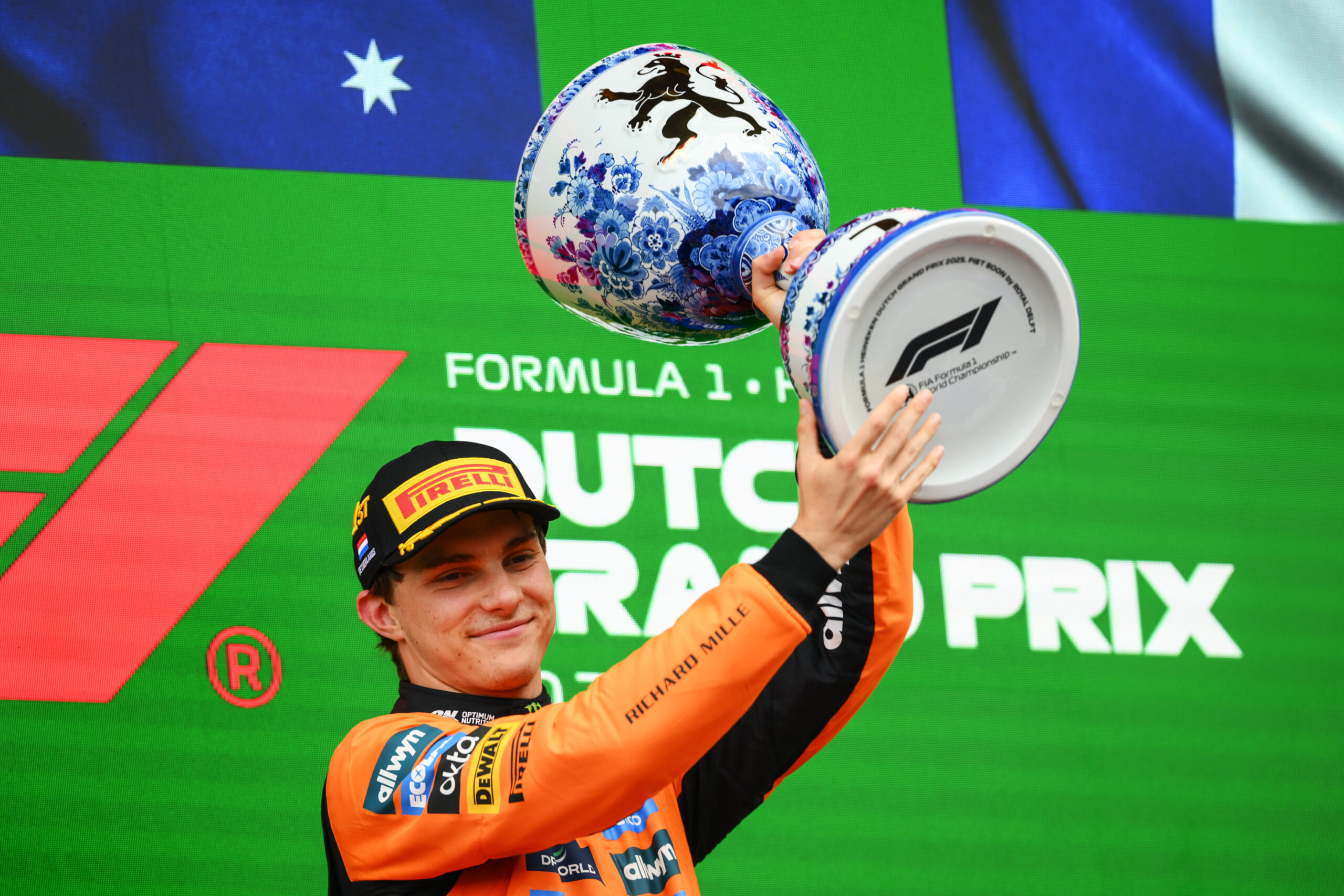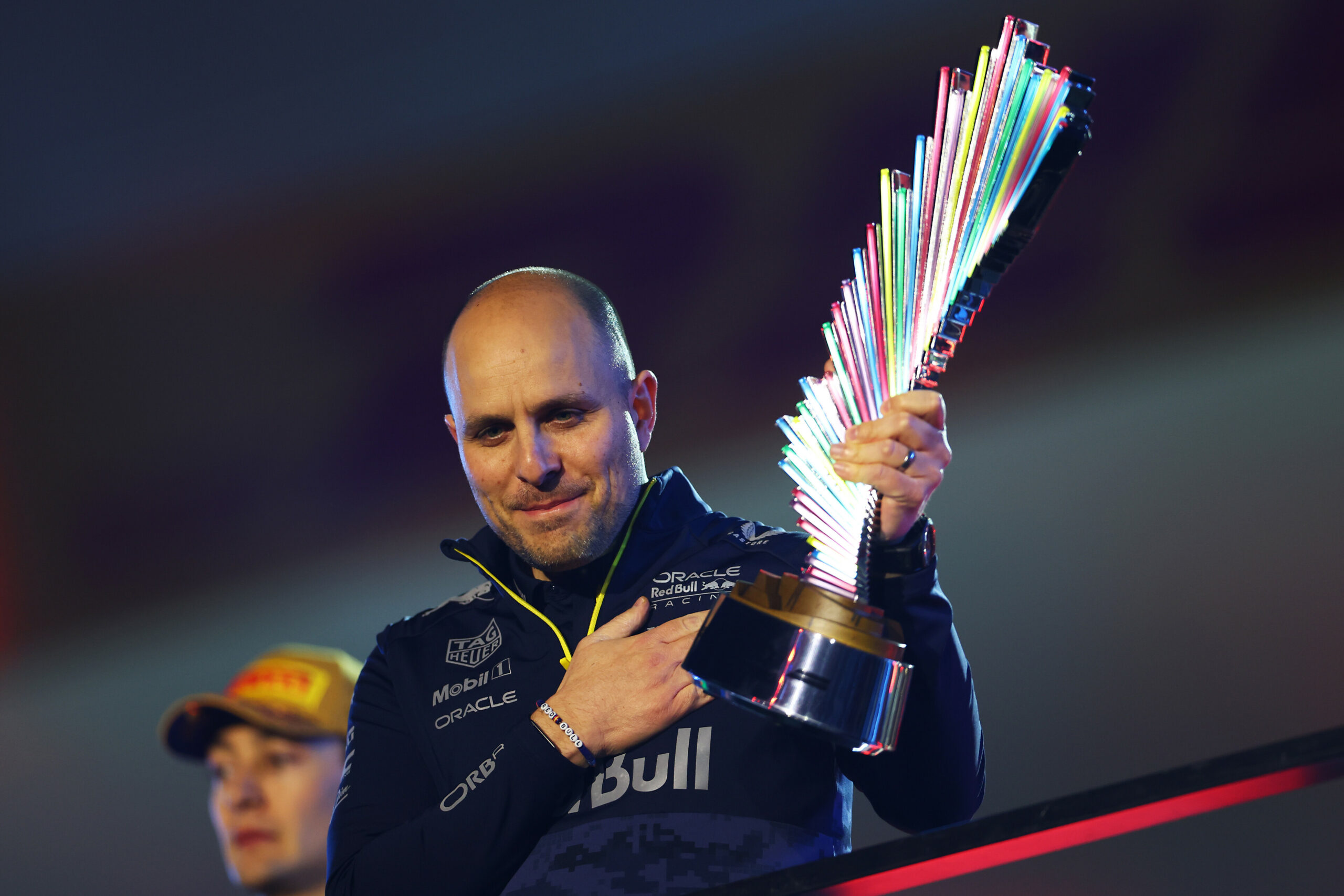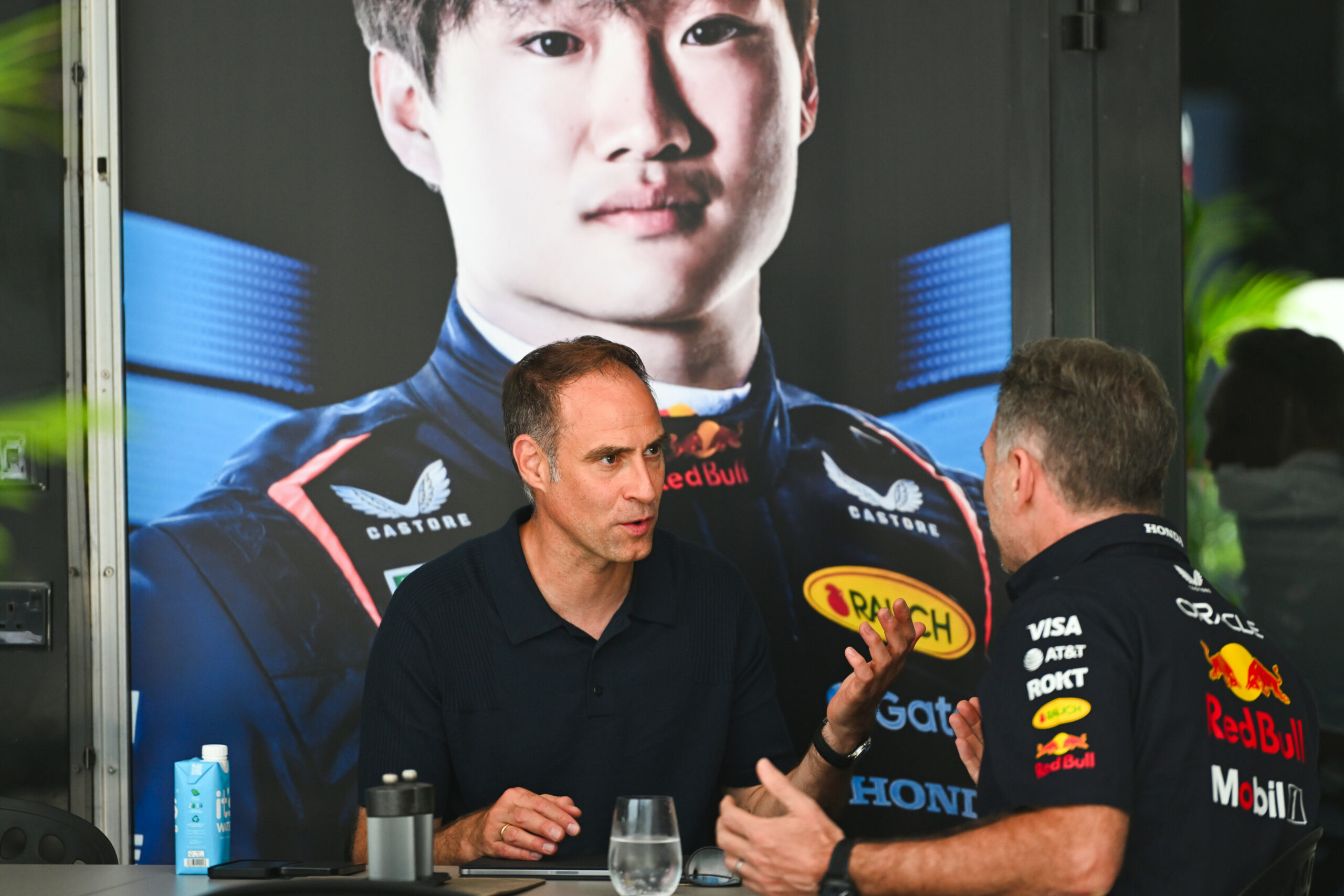Ferrari team principal Fred Vasseur provided a detailed analysis of the team’s performance struggles in the 2024 Formula 1 season. Addressing comparisons between the team’s challenges in races such as Shanghai, Suzuka, and the recent Barcelona Grand Prix, Vasseur highlighted the tight competition among the top teams and the impact of minor differences in performance.
When asked about the consistent shortcomings of the Ferrari car, Vasseur noted the variability in team performance across different tracks and conditions. He pointed out that despite the car not undergoing significant changes, the order of the top teams has been fluid.
“From Shanghai, you have four teams in two or three tenths, and this is changing. Over the last four weekends, we had four different teams doing the pole position,” Vasseur said.
Although Ferrari brought updates to Spain, he emphasised that factors like track layout, tyre compounds, and temperature play crucial roles in determining the car’s performance.
Qualifying is a key area for them to improve as the race pace is good.
“And we didn’t change massively the car, it means that it’s more related to the track layout, to the compound, to the temperature that you are in the window of plus or minus one or two tenths, and as the group is mega close, at the end it’s making the order in qualification.
“And then on this kind of track that is quite difficult to overtake, and you have almost the classification of the quali at the end of the race, and I’m sure that if we are starting P3, P4, it’s the opposite in the classification at the end.
“And if we have to do a step, honestly I think it’s much more on Saturday that we didn’t do the best.”
Vasseur also addressed the specific performance gap between Ferrari and their competitors, such as Mercedes, during the Barcelona race. He dismissed the notion of a substantial decline, citing the small time differences in qualifying sessions. Half a tenth faster in Q3 would have put Charles Leclerc P3 on the grid.
“We were five-thousandths of a second behind the Mercs yesterday, it’s a gust of wind or something like this. And they were 40 seconds behind us in Monaco two weeks ago,” he stated, urging for a calm and measured approach to performance evaluations.
The Frenchman stressed the importance of looking at each event individually, as varying circumstances can significantly alter the competitive landscape. Austria will also be a sprint weekend.
Red Bull, Ferrari, Mercedes and McLaren have taken one pole each at the last four events, showing how things have closed up in F1. It’s the first time it has happened since 2012.
“It means that before to draw any conclusion like this, that we have to stay calm, we have to take event by event, and I think next week it will be a completely different format, different tarmac, different type of corners also, and we will have another picture, probably the picture will be completely different, favourable to us or not, but the picture will be completely different next week.
“Now, nothing is forever in F1 today, and I’m not sure that you can find over the last ten years in F1 four consecutive events with four different guys in pole position, and four different teams. It means that it’s not crystal clear that one is better than the other one, or better than the third one.”
In discussing race strategies, Vasseur explained the decisions behind tyre choices and pit stop timings, particularly in relation to Carlos Sainz’s strategy against Mercedes’ George Russell. Ferrari covered the British driver both times, forcing the Spaniard to do a long stint on hards at the end.
Teammate Charles Leclerc went longer in both stints, and he comfortably finished ahead after team orders allowed him to take the spot. He was a lap away from getting Russell for P4.
“But Russell, Carlos and some others pitted a bit earlier to cover each other and to fight each other, and some of the drivers extended, and it was quite impossible to put the soft for Carlos, probably it would have been better, but it was impossible to put the soft so early for the last stint.
“It means that when you decide to cover Russell at the beginning, you almost decide what is the strategy in terms of compounds.
“Perhaps that after the rest you could say that the hard is probably better than the medium, but we had a look during the race, it was not true for everybody, it was not clear,” he elaborated.
Vasseur also highlighted the importance of tyre management with lots of high speed sections in Barcelona, emphasising the need to maintain tyre potential throughout the lap.
Their analysis showed that while Ferrari lost some time in specific sections, the rest of the lap performance closely matched Lando Norris.
“I think the most important in Barcelona is to do a very good usage of the tyres.
“I don’t want to go deeply in details and to give information, but it’s to keep the potential of the tyres all over the lap in different corners.
“And perhaps that we missed something on this yesterday, because yesterday we were two tenths off.
“You have 14 corners in Barcelona, and we are not losing 100 hundredth per corner, we lost two times one tenth, a bit more than one tenth on the lap, and the rest of the lap was a copy-paste of Lando.”
5th and 6th for Ferrari leaves them 60 points behind Red Bull Racing.

